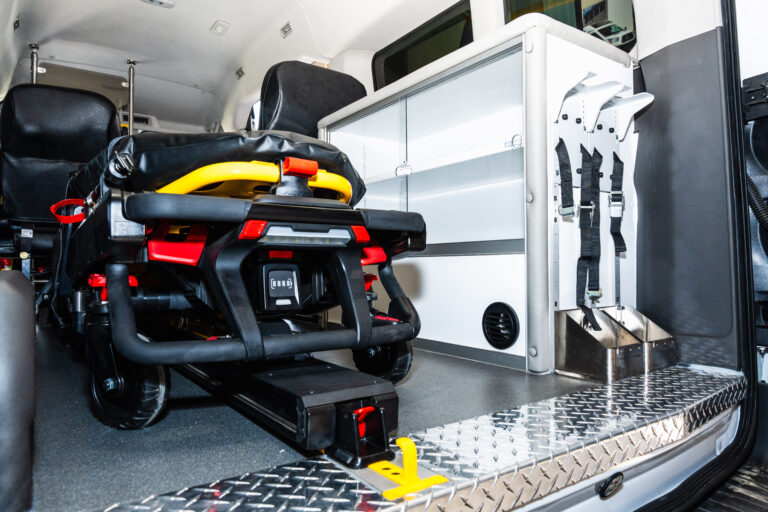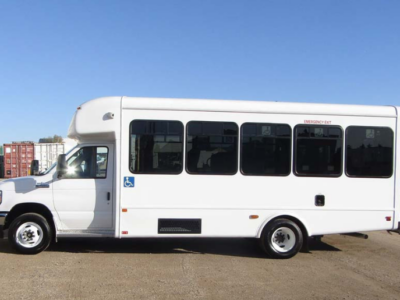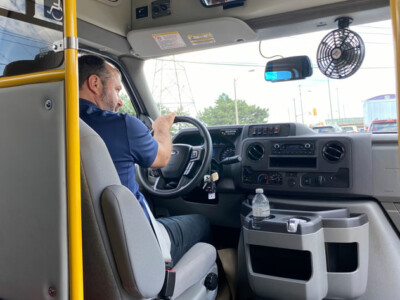Getting to a medical appointment shouldn’t be a challenge, but for many seniors, individuals with disabilities, or those managing chronic conditions, transportation can be a major barrier. That’s where non-emergency vehicles come in—they provide a safe, comfortable, and affordable way for patients to get the care they need without relying on expensive ambulance services.
With features like wheelchair accessibility, onboard medical support, and customizable interiors, these vehicles are designed to make healthcare transportation easier for both patients and providers. Plus, they help senior residences and healthcare facilities save money while ensuring better mobility and consistent care.
Let’s dive into some of the biggest benefits of non-emergency vehicles and why they’re becoming an essential part of modern healthcare.
1. Improved Access to Healthcare
Non-emergency vehicles make healthcare more accessible for seniors, individuals with disabilities, and those managing chronic conditions. These vehicles eliminate transportation barriers, ensuring patients can attend medical appointments consistently. By providing reliable, safe, and accessible transport, non-emergency vehicles support ongoing treatment and preventive care, helping patients maintain their health.

2. Tailored Customization Options
Non-emergency vehicles can be customized to meet specific patient needs. Features like wheelchair lifts, adjustable seating, and flexible interior layouts ensure accessibility for individuals with mobility challenges. Additional options, including advanced HVAC filtration systems, WiFi, USB ports, and other comfort upgrades, make the ride safer and more convenient for patients and caregivers.
3. Onboard Medical Support
Designed to function as mobile care units, non-emergency vehicles often come equipped with essential medical equipment. This allows for continuous monitoring and immediate care during transport, especially for patients with unstable health. These features enhance safety, giving healthcare providers peace of mind while ensuring patients receive necessary attention on the move.

4. Cost-Effective Transportation
Compared to traditional ambulances, non-emergency vehicles are more affordable to purchase and operate. With lower fuel consumption, simpler interiors, reduced maintenance costs, and lower insurance premiums, they offer significant savings. For healthcare providers, this means balancing budgets without compromising the quality of patient care or transportation.
5. Enhanced Mobility for Senior Residences
Non-emergency vehicles are an excellent solution for senior living facilities, providing quick and efficient transportation for residents. Whether it’s for regular medical appointments or urgent care, these vehicles eliminate the need for ambulance services, reducing costs and wait times. This improved access to healthcare promotes better well-being and quality of life for seniors.
The Bottom Line
Investing in non-emergency vehicles is a smart choice for healthcare facilities, senior residences, and patient transport providers. These vehicles combine safety, comfort, and affordability, ensuring patients receive consistent care while reducing operational costs. Whether it’s improving healthcare access or supporting specialized needs, non-emergency vehicles are a reliable solution for modern patient transportation.



